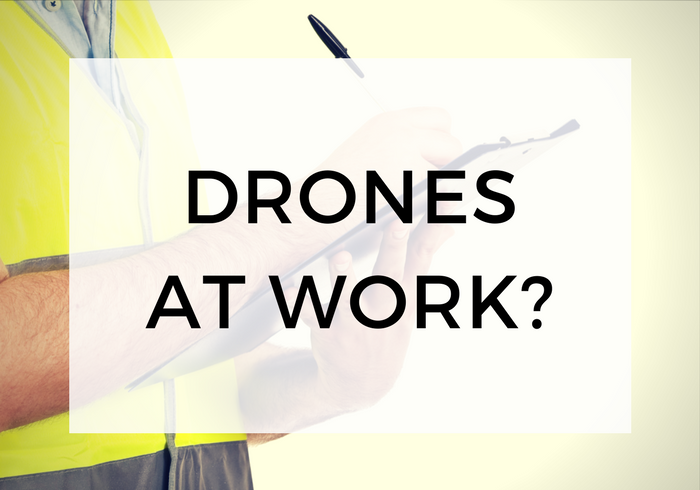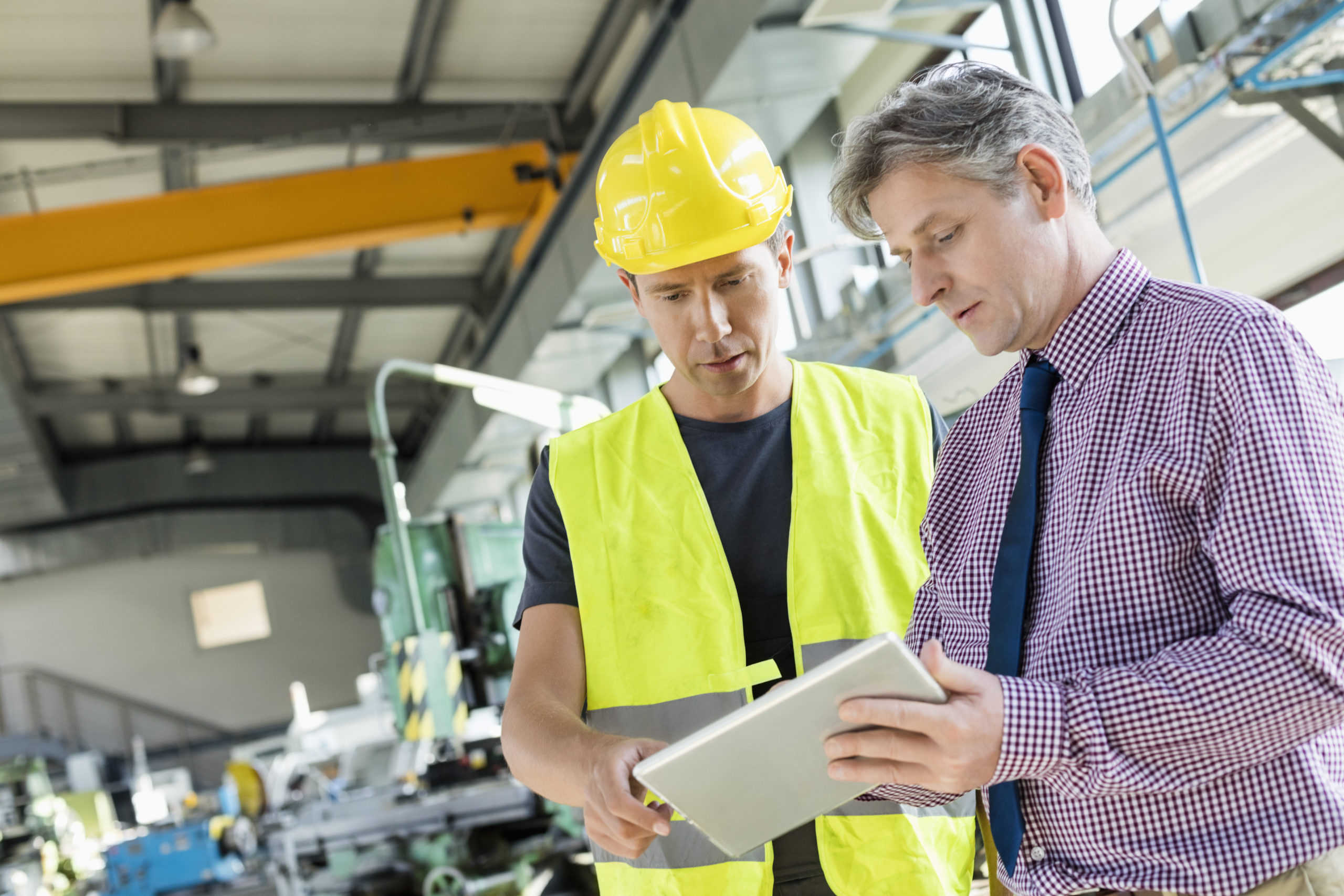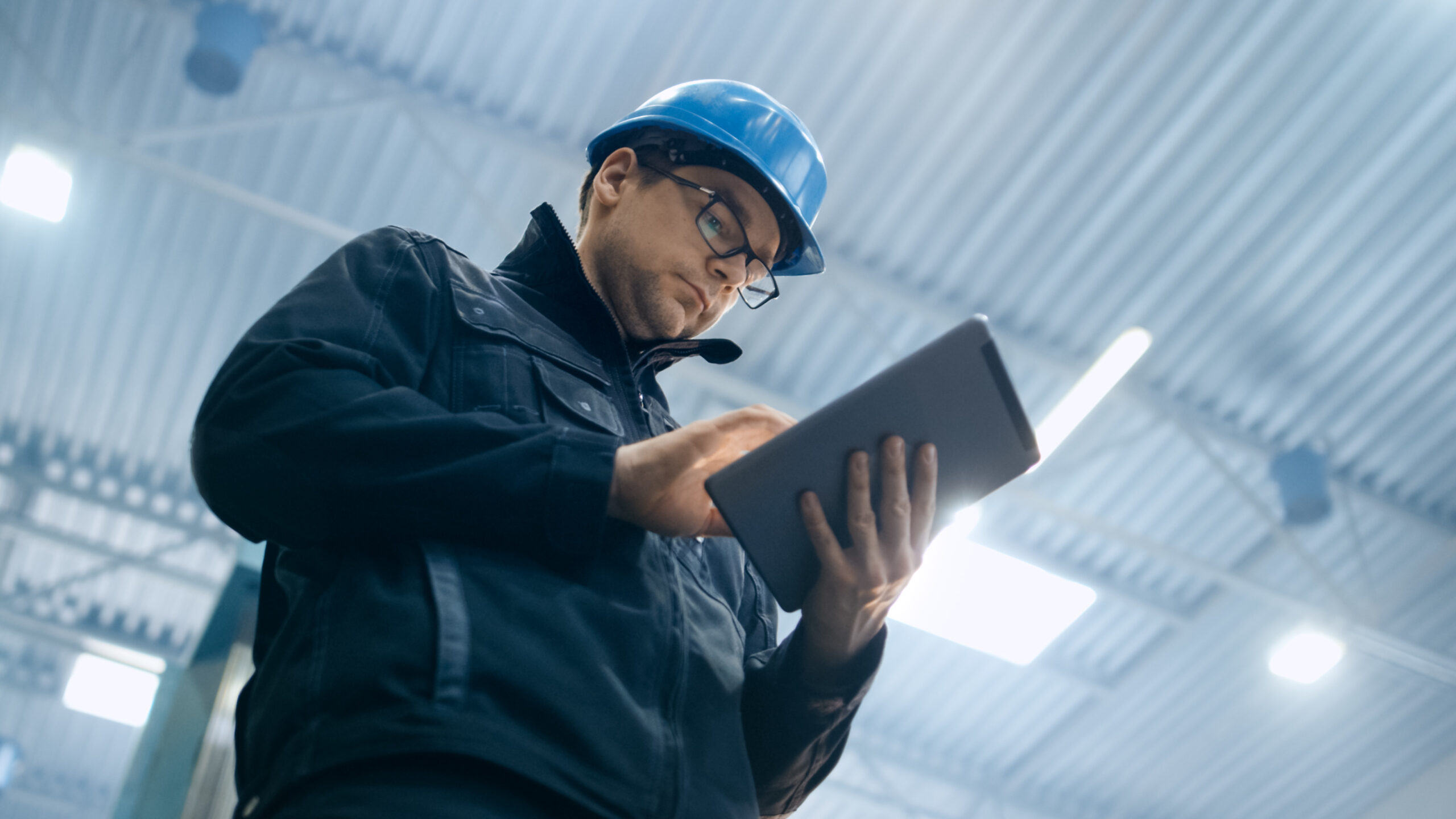Insights
In the first four months of 2017 commercial airliners reported 22 near-miss incidents involving drones. By November this had increased to 99.
Air Navigation Order 2016 (ANO 2016) sets out safety rules for drone operators where small unmanned aircraft, or drones, are:
any unmanned aircraft, other than a balloon or a kite, having a mass of not more than 20 kg without its fuel but including any articles or equipment installed in or attached to the aircraft at the commencement of its flight.
Additional measures must be taken if drones are operated commercially.
Opportunities to improve safety
As costs come down, the commercial opportunities widen. Drone aerial photography, far cheaper than a helicopter, led to its early acceptance in agriculture. Using drones to conduct safety inspections in the energy sector has avoided the prolonged shut-downs associated with traditional methods. Construction projects, notoriously over budget, fall behind schedule when the perfect plans on paper and screen become blurred by mud and dust on site. Unplanned changes, mistimed deliveries and cut corners increase the risk of accidents adding to delays and extra costs. Drones can provide safer, quicker visual access to complex structures and provide contact with workers in high risk areas who might otherwise be difficult to monitor. The possibility of observing progress in real time offers opportunities to improve workplace safety and security, to head-off potential hazards before they cause harm and to reduce budget over-runs. As costs come down drones are likely to play a crucial role in workplace safety, removing people from the more hazardous inspection roles.
Assessing Costs v benefits
On the downside, drones are difficult to operate in poor weather, and, whilst a construction site is a fairly confined area, drones operated more widely carry safety and security implications as well as public concerns around privacy. They have a comparatively short range and battery life, cannot be used in restricted zones or airspace, beyond line of sight operations or within specified distances of people and animals. It’s possible that the software could be hacked into without the knowledge of the operator. When assessing the costs you’ll also need to account for accessories, maintenance, potential damage and insurance, as well as trained operators.
ANO 2016 makes clear that the operator is legally responsible and may only fly for commercial purposes in accordance with permission granted by the Civil Aviation Authority (CAA). CAA permission relates only to flight safety; relevant permission is still required from other parties such as the police, local authorities or owners of land used for take-off and landing.
In simple terms the main provisions, and which must be considered in risk assessments, are:
You may only fly the drone if this can be done in a safe manner.
- You must maintain direct unaided visual contact to monitor the flight path and avoid collisions with people, vehicles, structures and, especially other aircraft.
- You must not endanger anyone, animals, any property or any thing with your drone, including any articles that you drop from it.
- The drone must not be flown within 50m of any person and must not be within 30m of any person during take-off and landing.
- If your drone weighs more than 7kg, additional rules apply and you must not fly in certain types of airspace without permission or more than 400ft above the surface.
New technologies always introduce new hazards and risks which need to be assessed to avoid unexpected costs and delays. Drones are likely to be most useful in small projects or in more hazardous areas as economies of scale may favour other technologies. The real value of drones lies in their ability to do things the other technologies can’t - and decisions still need to be made by humans.
Alexis Barrett Senior Health & Safety Consultant






